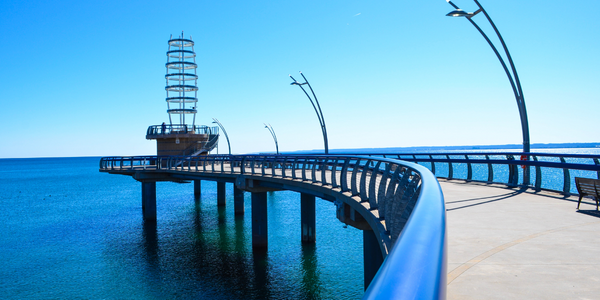
- Functional Applications - Remote Monitoring & Control Systems
- Sensors - Dimension & Displacement Sensors
- Sensors - Level Sensors
- Sensors - Vibration Sensors
- Business Operation
- Structural Health Monitoring
Mount Ruapehu in New Zealand is the most active volcano in the world. Major eruptions occur about every fifty years, with 60 or more minor eruptions since 1945. To add to this hazardous situation, the volcano’s crater periodically fills with water between eruptions causing the crater wall to collapse and release flood water and mud down the mountain onto inhabited areas. On Christmas Eve 1953 such a flood, called a lahar, washed an overnight train off a bridge, leading to the loss of 153 lives.
Eruptions in 1995 and 1996 created a weak crater dam that was sure to break at some point. So government authorities decided to seek a technology solution to avert the kind of disasters that led to the loss of lives in the past. Mount Ruapehu AlarmWorking with Auckland-based Industrial Interface Company, a WIN-911 Solutions Provider and others, the Eastern Ruapehu Lahar Alarm and Warning System, or ERLAWS was developed. ERLAWS consists of three sites at which various geophone and water level sensors are located. These sites include Crater Lake, the New Zealand Alpine Club hut and near the Tukino ski field. ERLAWS was programmed to automatically warn of the floods and activate barrier arms to close roads and bridges in the flood’s path. WIN-911 alarm notification software alerts police, council staff, transportation authorities and scientists to avert a disaster. Local residents could even sign up to receive alerts from WIN-911 directly. The warning system, including all equipment, software, labor, and engineering cost approximately $375,000.

Case Study missing?
Start adding your own!
Register with your work email and create a new case study profile for your business.
Related Case Studies.












